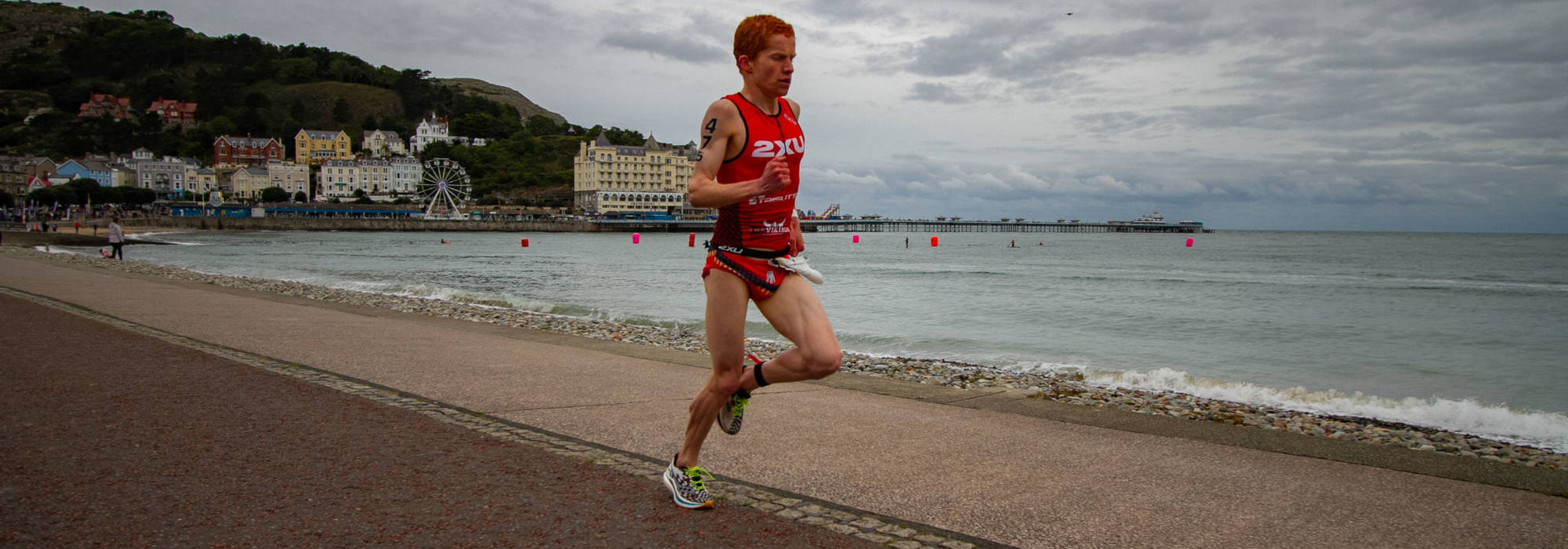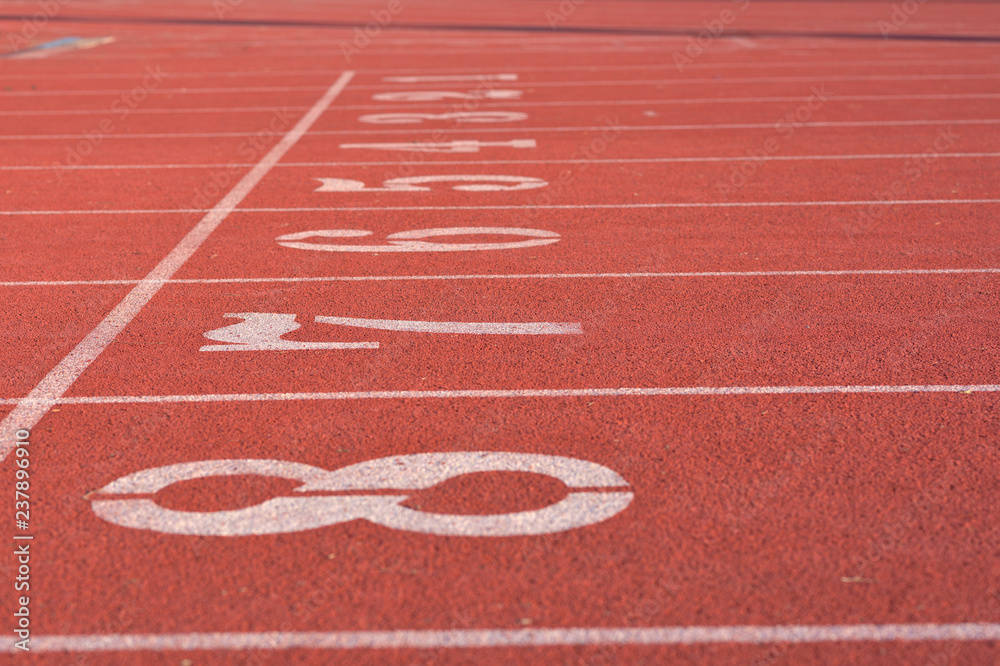
Improve your pace for your next race
A number of athletes throughout this year will be thinking about clocking up those miles so that the legs are ready when race day comes around. However, an important aspect of run training that is neglected is developing speed. Many people tend to look at running as how fast you can move forward. However, I prefer to consider it to how one can put more power in to the ground. The goal of course is to move forward but this is achieved through pushing power in to the ground and propelling forward from the energy put in to the earth. Take Usain Bolt for example, who generates up to 4 times his own body weight which is pushed in to the ground upon impact, in turn propelling him forward. There’s a number of things to consider when developing speed and this article will aim to outline some tips for making you a faster and more efficient runner.
Track Sessions
One of the best ways to develop your speed is to head down to your local track and work on some repetitive sprints. If you don’t have access to a 400m track then find a 100m flat stretch that you can work on. Track sessions vary depending on your goals, a great way to begin is to run 200m at 80% of your maximum pace and rest for a minute. You should be able to maintain the same pace every 200m rep. If it feels like you’re dropping off the pace, then try taking extra time to recover between reps or consider if your pacing is too fast. There are a number of varying sessions you can do on the track such as 400m, 800m 1km and 1-mile reps. If your goal for example is to run a 5km in under 20 minutes then consider 1-mile repetitions at 6.30/ 6.50 minute miles with a 4/5 minute rest in between. You can repeat these for 3 miles, perhaps throwing an extra rep in at the end to get those legs ready for race day.
Plyometrics
Not only is incorporating plyometrics in to your routine a great way to improve your speed for race day, it’s a fun way of exercising if you’re looking for a break from slogging away the long miles. Plyometrics aims to increase maximum power through a series of short eccentric contractions followed by concentric contractions. The purpose of plyometrics is to increase power through explosive movement resulting in the muscle reaching maximal force in a short space of time. A great simple example of plyometric training is a box jump (see video below). Some more key exercises include, single leg jump on stairs, squat jump, jumping lunge and skater hops.
These types of exercises can help you develop your power and speed and increase the force you insert in to the ground. It is worth noting that technique for these types of exercises are important as ligaments and joints may not be used to moving in these ways. Always ensure you warm up correct and keep to correct form to avoid injury. If your body is telling you take a step back then make sure to stop and adapt your workout.
Drills
Drills are a great way to improve as a runner and help develop correct form which in turn will help you be a faster and more efficient runner. Here are some key drills that will help develop your speed.
A-Skip
Practicing the A-Skip drills will recruit your main muscle groups such as the glutes and hamstrings that work during running. The A-Skip will develop your rhythm when running and a great way to warm up before a run. This drill is a great way to open out the hips and get your body in to the correct biomechanics before a run ensuring you’ll be a more efficient.
B- Skip
A slight variation of the A- Skip, the B- Skip involves skipping along while flicking your legs forward at the knees during extension allowing you to extend the hamstrings and glutes to maximum effect.
High knees
High knees help develop the loading phase before inserting power in to the ground to propel yourself forward. This is an integral part of the kinetic chain that helps gear up your glutes to allow for maximum power output. A variation of this drill can be incorporated which involves raising your knees in to the driving phase while walking, allowing for increased range of motion and helping develop the driving phase of running. You should make sure the hips are always engaged when preforming this exercise to ensure maximum power in to the ground.
Heel flicks
It is important to practice heel flicks as it allows you to really work on the kick part of your running phase where you should focus on the heels coming right up to the glutes. This drill allows you to mimic the movement of when you are kicking during the end of a race for example. You should focus your attention on the legs feeling relaxed during these drills. Tension is the enemy during drills and the prioritising form, rhythm and a relaxed feel in the legs is key to developing power, running economy and speed.
The above drills should be incorporated before a run or during training. Over time, when done consistently, they will be adopted in to your running when done repeatedly over time. The key is to consistently perform these drills and they’ll be adopted in to your running form over time.
The main thing is to enjoy these drills and try to rotate these variations of drills to ensure you don’t get tired of the repetition. Using these methods to put a spring in your step this race day is a great way of improving your running and will help you get the best out of yourself and pave the way to those pb’s.
